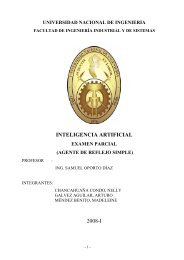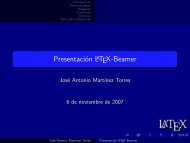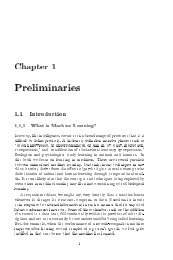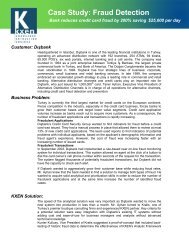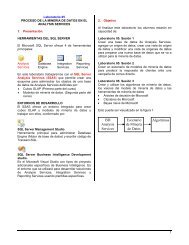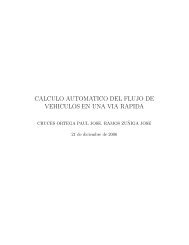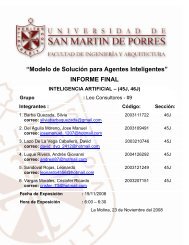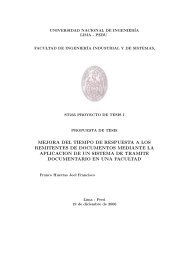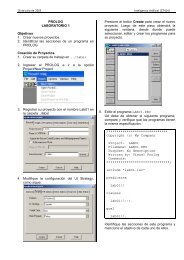2 Credit Card Fraud Detection using Hidden Markov ... - Wiphala.net
2 Credit Card Fraud Detection using Hidden Markov ... - Wiphala.net
2 Credit Card Fraud Detection using Hidden Markov ... - Wiphala.net
You also want an ePaper? Increase the reach of your titles
YUMPU automatically turns print PDFs into web optimized ePapers that Google loves.
This article has been accepted for publication in a future issue of this journal, but has not been fully edited. Content may change prior to final publication.IEEE TRANSACTIONS ON DEPEDABLE AND SECURE COMPUTING<strong>Detection</strong> Time (Sec.)1.81.61.41.21.00.80.60.40.20.00 20 40 60 80 100Sequence LengthFigure 3. <strong>Detection</strong> Time Vs. Length of SequenceWe have also analyzed the time taken by the training phase, which is performed off-line for eachcardholder's HMM. Figure 4 shows the plot of model learning time against the number ofsequences in the training data. As the size of training data increases, learning time increases,especially beyond 100. We, therefore, use 100 sequences for training the HMM. Although doneoff-line, the model learning time has a strong impact on the scalability of the system. Since anHMM is trained for each cardholder, it is imperative that the training time is kept as low aspossible especially when an issuing bank is meant to handle millions of cardholders with manynew cards being issued everyday. The on-line processing time of about 200 ms on a 1.8 GHzPentium IV machine also shows that the system will be able to handle a large number ofconcurrent operations and hence, is scalable.Thus, our design parameter setting is as follows: (i) Number of hidden states N = 10 (ii)Length of observation sequence R = 15 (iii) Threshold value = 50% (iv) Number of sequencesfor training = 100. With this design parameter setting, we next proceed to study the performanceof the system under various combinations of input data.23



